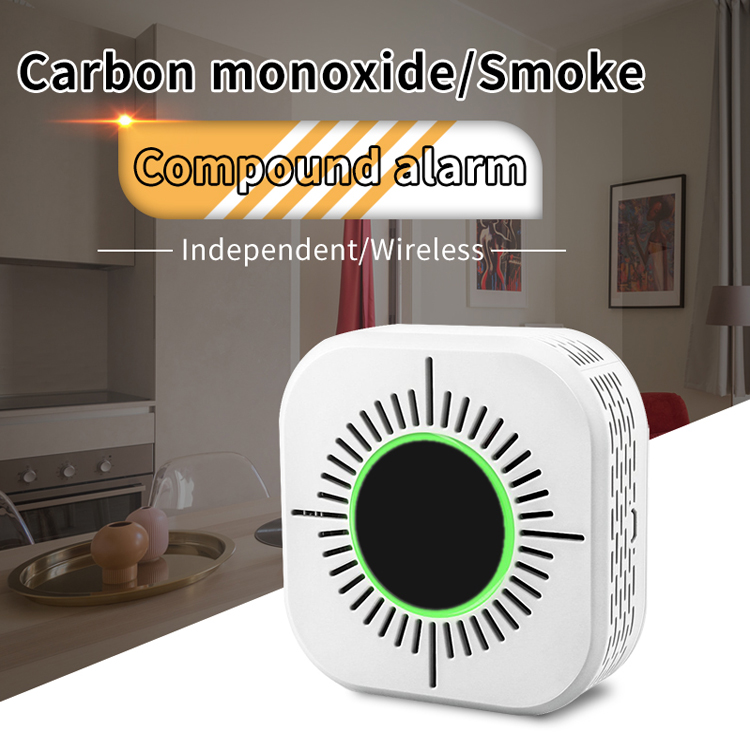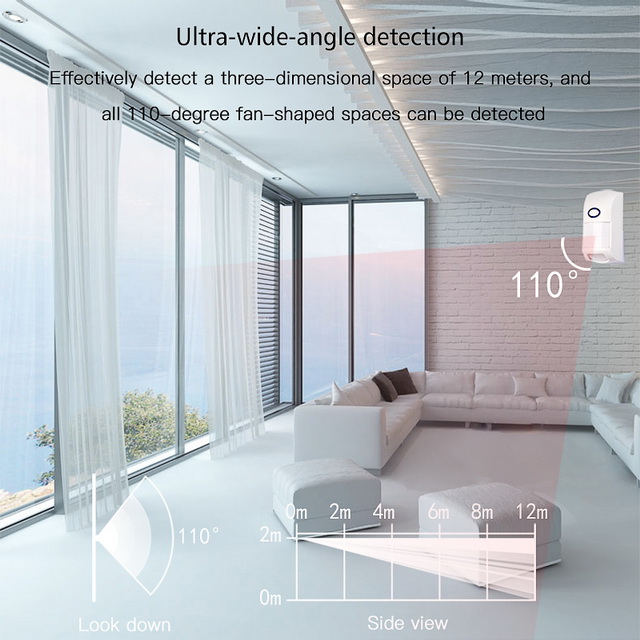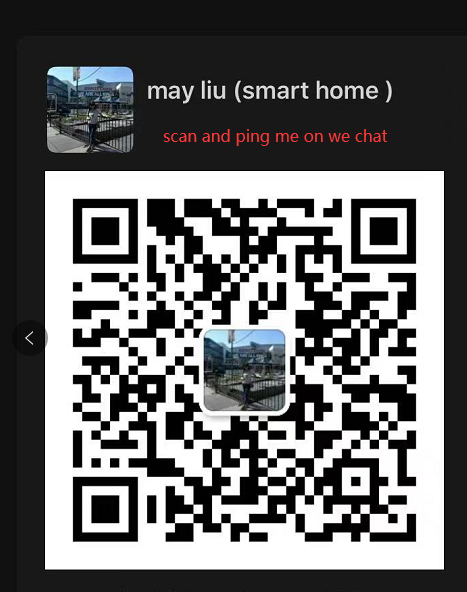Sensors are everywhere. They exist in our homes and workplaces, shopping malls and hospitals; embedded in smartphones, they are an integral part of the Internet of Things (IoT).
In fact, sensors have been around for a long time.
The first thermostats appeared in the late 1880s, and infrared sensors have been around since the late 1940s. The Internet of Things and its counterpart, the Industrial Internet of Things (IIoT), are taking the use of sensors to a new level.
Broadly speaking, sensors are devices that detect and respond to changes in the environment. Input can come from various sources, such as light, temperature, motion, and pressure. Sensors output valuable information, and if they are connected to a network, they can share data with other connected devices and management systems.
Sensors are critical to the operations of many businesses today. They can warn you of potential problems before they become a big problem, enabling businesses to perform predictive maintenance and avoid costly downtime. Data from sensors can also be trended, allowing business owners to gain insight into key trends and make informed, evidence-based decisions.
Sensors come in many shapes and sizes. Some are purpose-built and contain many built-in individual sensors, allowing you to monitor and measure many data sources. In a brownfield environment (urban land to be redeveloped), sensors are critical to include both digital and analog inputs so that they can read data from traditional sensors.
There are many types of IoT sensors, and a greater number of applications and use cases. Below are 10 of the more popular IoT sensor types and some of their use cases.

Temperature Sensor
Temperature sensors measure thermal energy in a heat source, enabling it to detect changes in temperature and convert those changes into data. Machinery used in manufacturing often requires ambient and equipment temperatures to be at specific levels. Likewise, within agriculture, soil temperature is a key factor in crop growth.
Humidity Sensor
Humidity sensors are used to measure the amount of water vapor in air or other gases and are commonly found in heating, ventilation and air conditioning (HVAC) systems in industrial and residential sectors. They can be found in many other areas, including hospitals, and weather stations reporting and forecasting weather.
Pressure Sensor
Pressure sensors can sense changes in gases and liquids. When pressure changes, sensors detect these changes and communicate them to connected systems. Common use cases include leak testing, which can be the result of decay. Pressure sensors are also useful in the manufacture of water systems as they can easily detect fluctuations or drops in pressure.
proximity sensor
Proximity sensors are used for non-contact detection of objects near the sensor. These types of sensors typically emit beams of radiation such as electromagnetic fields or infrared. Proximity sensors have some interesting use cases.
In retail, for example, proximity sensors can detect movement between a customer and a product of interest to him or her. Users can be notified of any discounts or special offers on products located near the sensor. Proximity sensors can also be used in parking lots in malls, stadiums, and airports to indicate parking availability. They can also be used on assembly lines in chemical, food and many other types of industries.
liquid level sensor
Liquid level sensors are used to detect the liquid level of substances such as liquids, powders and granular materials. Level sensors are used in many industries, including petroleum manufacturing, water treatment, beverage and food manufacturing plants. Waste management systems provide a common use case, as level sensors can detect waste levels in trash cans or litter boxes.
Accelerometer
Accelerometers can detect the acceleration of an object, that is, the rate of change of the object's velocity over time. Accelerometers can also detect changes in gravity. Use cases for accelerometers include smart pedometers and monitoring driving fleets. They can also be used as anti-theft protection, alerting the system when objects that should be stationary are moved.
Gyro
Gyroscope sensors measure angular rate or velocity, usually defined as measuring velocity and rotation about an axis. Use cases include automotive, such as car navigation and electronic stability control (anti-skid) systems. Other use cases include motion sensing for video games, and camera shake detection systems.
gas sensor
These types of sensors monitor and detect changes in air quality, including the presence of toxic, flammable or noxious gases. Industries that use gas sensors include mining, oil and gas, chemical research, and manufacturing. A common consumer use case is the familiar carbon dioxide detector used in many homes.
Infrared sensor
These types of sensors sense characteristics of the surrounding environment by emitting or detecting infrared radiation. They can also measure the heat emitted by objects. Infrared sensors are used in a variety of different IoT projects, including healthcare, as they simplify the monitoring of blood flow and blood pressure. TVs use infrared sensors to interpret the signals sent by the remote control. Another interesting application is that art historians use infrared sensors to look at hidden layers in paintings to help determine whether a piece of art is original or forged, or altered through a restoration process.
Optical sensor
Optical sensors convert light into electrical signals. Optical sensors have many applications and use cases. In the automotive industry, cars use optical sensors to identify signs, obstacles, and other things drivers will notice while driving or parking. Optical sensors have played a big role in the development of driverless cars. Optical sensors are very common in smartphones. For example, ambient light sensors can extend battery life. Optical sensors are also used in biomedical fields, including breath analysis and heart rate monitors....

Contact: May liu
Phone: 18320066406
E-mail: may@cnhousehold.cn
Whatsapp:0086-18320066406
Add: Third Floor ,521th Tianyuan Road, Yuangang Street ,Tianhe District ,Guangzhou,Guangdong ,China
We chat
